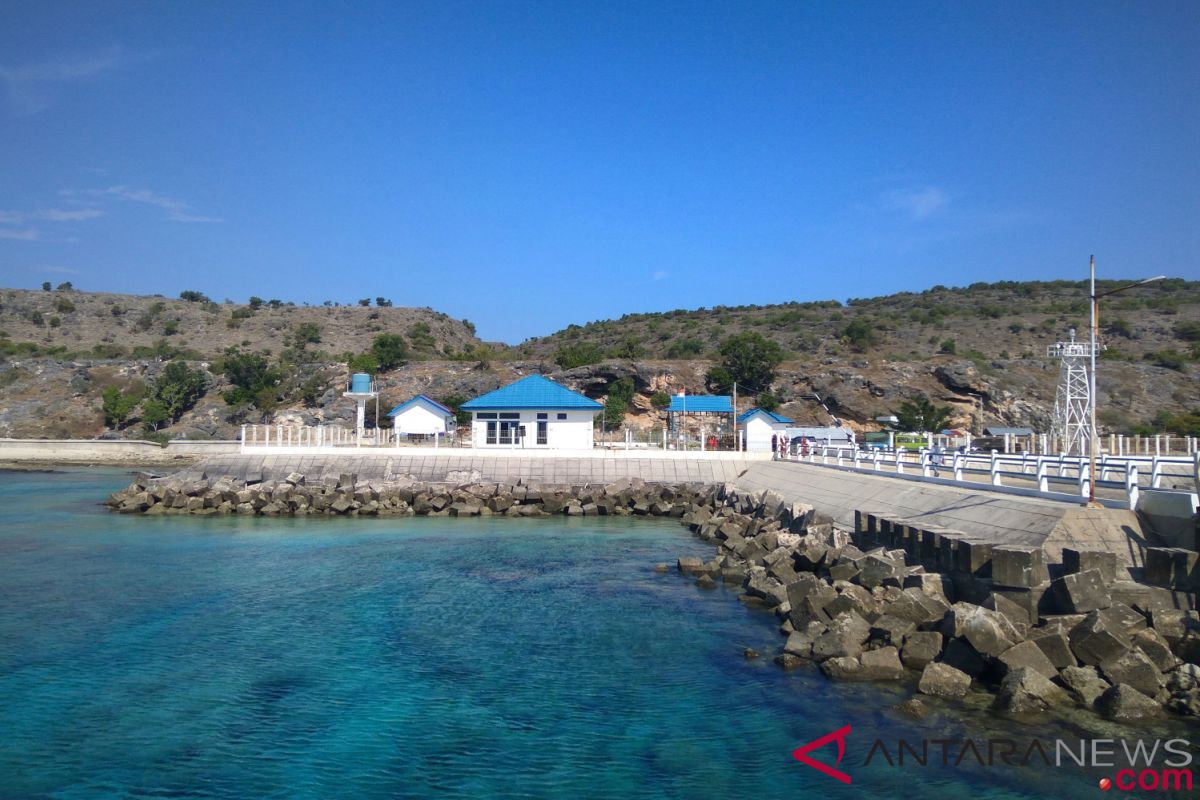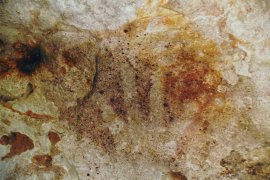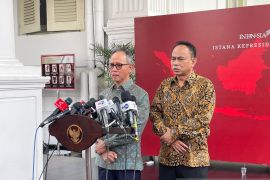Education and Culture Minister Muhadjir Effendy at the 2018 Indonesian Cultural Congress in Jakarta on Saturday expressed his hope that the culture will become the foundation of development in all aspects.
The minister remarked that with the cultural strategy that the Ministry of Education and Culture is planning, the government would move forward with the advancement of culture.
For that, Muhadjir said government would also allocate special allocation funds for the promotion of culture in 2019 for each city, district, and province, and thus, the cultural house in Kisar is also expected to get the attention from the government.
In 2019 the new Special Allocation Fund for culture amounting to Rp500 billion, and the minister hopes the amount will increase in the following years.
"This shows the government is not playing games in making culture as the main stream in our lives, especially as the foundation of national development," Muhadjir said.
The statement of the minister of education and culture is expected to also apply to the construction of the cultural house in Kisar, that will be carried out by the North Maluku Cultural Heritage Conservation Center (BPCB) in 2019.
BPCB Head Muhammad Husni remarked recently the Southernmost Islands Sub-district town of Wonreli that the cultural house of 3T Islands would be built in the village of Purpura by the North Maluku Cultural Heritage Conservation Center on the island of Kisar.
Muhammad Husni said the cultural house on Kisar Island would become a center of information and knowledge related to the history and culture of the people of the 3T Islands in Maluku Province, including prehistoric sites, which have been registered as cultural heritage and those that have just been registered.
"We plan to start building the cultural house in 2019. Apart from being a center for data and information on the culture and history of 3T islands, the cultural house can also serve as a center for developing young communities on the surrounding islands," Husni noted.
Kisar Island was chosen as the location to build the 3T Island Cultural House since objects of prehistoric rock art, in the form of prehistoric paintings on cave walls, are so far found spread across the island.
Most rock arts are in the form of hand-drawn paintings using spray techniques or hand stencils, while others are in the form of paintings, with more diverse motifs, such as humans dancing, animals, and boats.
These motifs bear similarities with rock art motifs that characterize the prehistoric culture of the Austronesian race.
Purpura Village is one of the areas in Kisar that also stores several hand-stamped paintings made with hand stencil techniques in niches and rocks. Most are in the rocky hill complex of the Aulapa Temple, which is some 700 meters from the John Becker Airport.
"Until today, prehistoric paintings have been found on 3T islands, most of them throughout Kisar Island," Husni pointed out.
Located in the Wetar Strait, Kisar Island has a dry topography and is surrounded by limestone and rock. The original inhabitants were the Meher and Oirata tribes, most of which made a living by farming, raising livestock, and fishing.
The traditional language of Meher and Oirata as well as the Ambonese dialect are spoken by the Kisar community.
In addition to prehistoric cultural relics in the form of hand-stamped paintings and various other motifs, Kisar Island is also home to various other remains, such as the colonial forts, old houses, and "lutur" or stone fences.
Still unknown by many, the small, rocky island of Kisar is in fact storing a lot of cultural heritage in the form of rock art across almost the entire island.
The cultural heritage in Kisar is not only a legacy for the local community, but also as part of the richness of the Indonesian culture and civilization that has to be protected and preserved.
For a long time, Kisar Island has become the focus of attention of archeologists in the country and abroad who had carried out research on rock art with prehistoric paintings since 2014.
Prehistoric rock art is found in many caves that are spread throughout most of the island of Kisar, whose number is much more than those found in other 15 leading, outermost and lagging islands in Maluku Province.
It turns out that Kisar has a variety of historical and cultural relics, ranging from prehistoric rock art in the form of paintings, old houses, colonial fortresses, statues and "lutur" (stone fences) as the sign of past dwellings.
Kisar Island has been inhabited by humans for more than 15 thousand years, according to Dr. Mahirta, an archeologist of Gajah Mada University (UGM) in Yogyakarta.
"The results of analysis of a number of ancient objects found in Kisar indicated that some 15 thousand years ago, its Posi coastal area was inhabited by people," he remarked in Wonrely recently.
Mahirta is an active researcher in archeology and a lecturer at UGM. He has long been studying rock art in the form of prehistoric paintings that are spread all over an area in Kisar Island.
Through a collaborative project between UGM and the Australian University (ANU), Mahirta and Prof. Sue O`Connor started research on rock art across Kisar Island from 2014 to 2017.
Editing by Andi Abdussalam
Reporter: Otniel Tamindael
Editor: Fardah Assegaf
Copyright © ANTARA 2018











